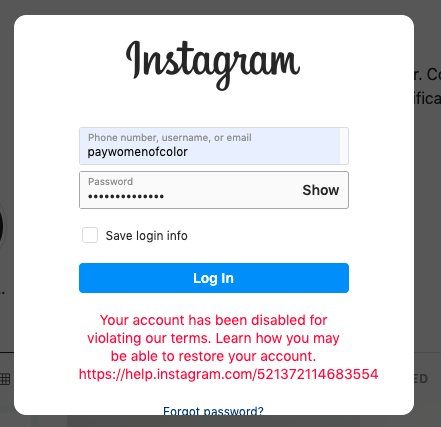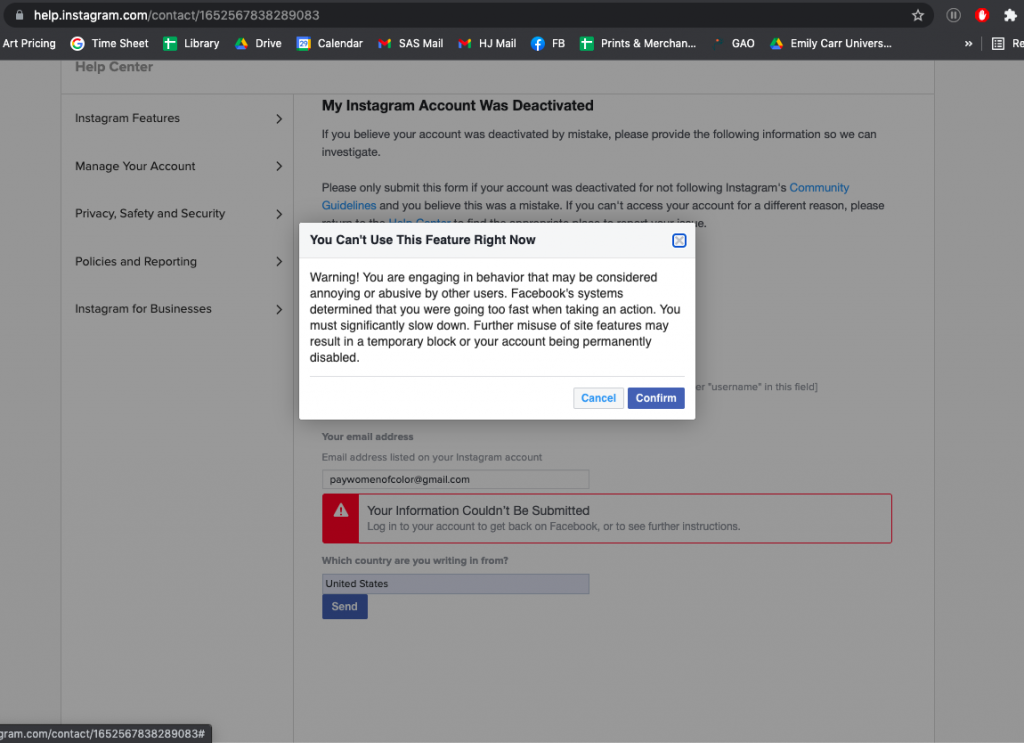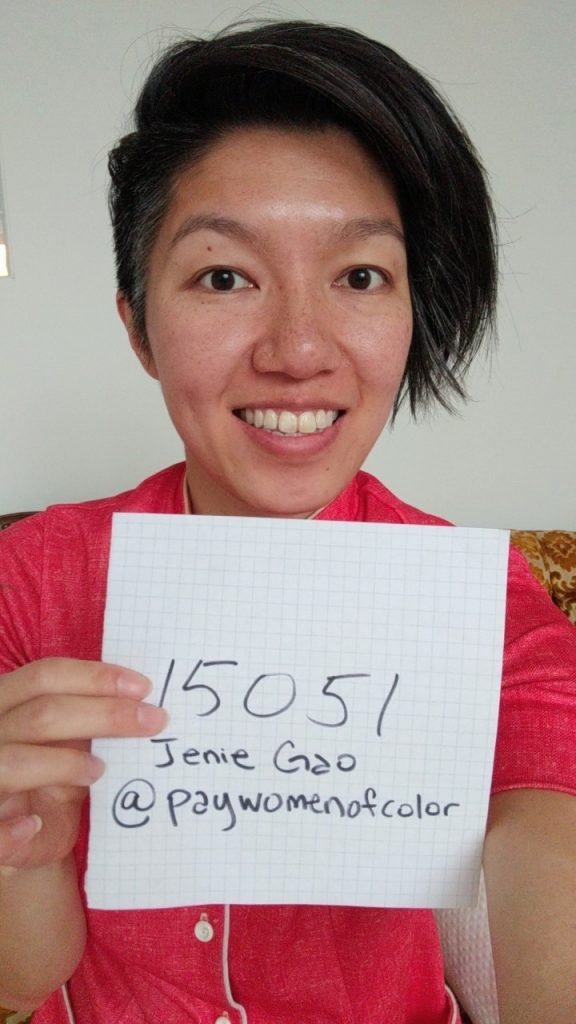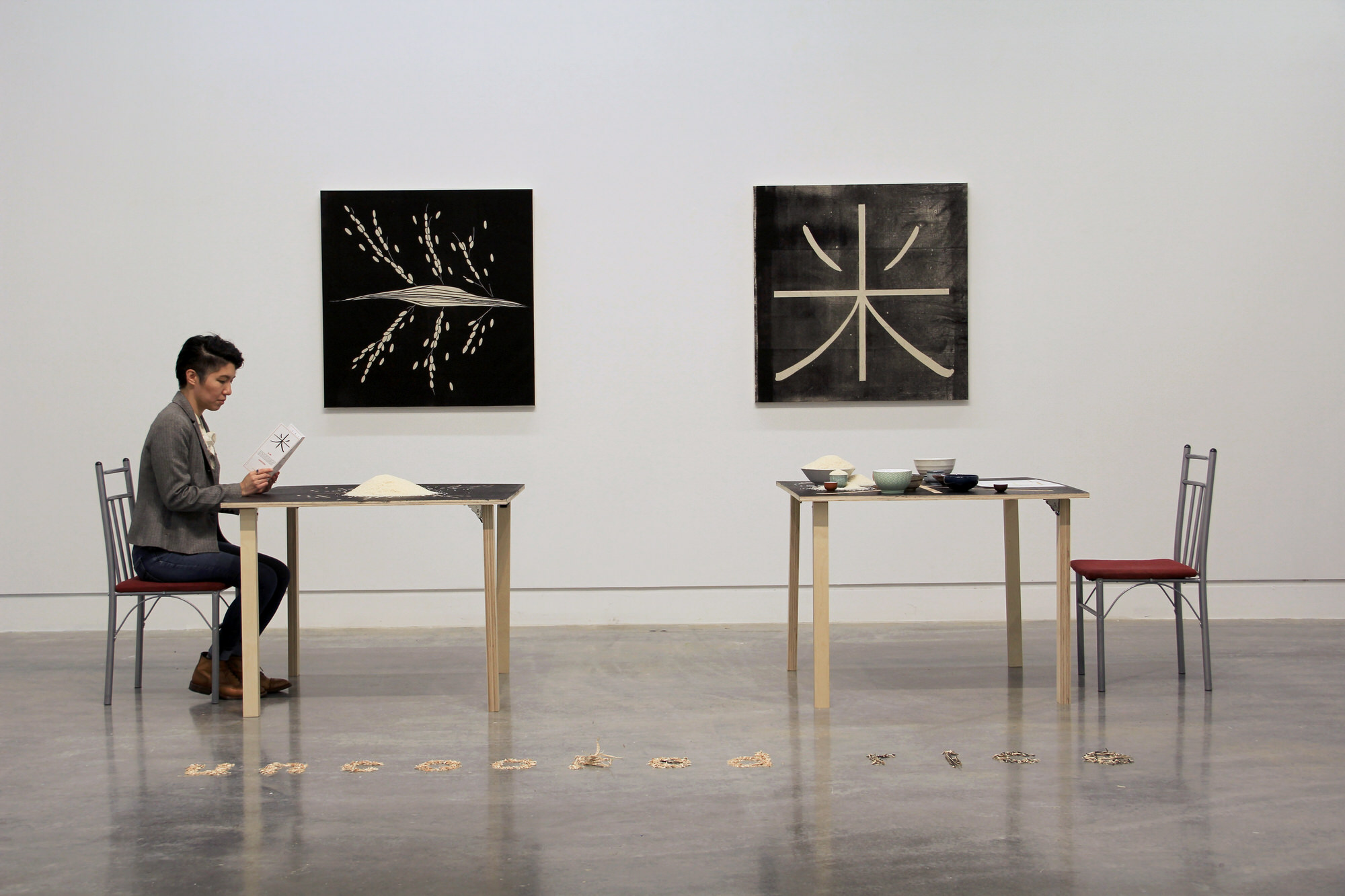On a broad level, I am investigating potential countermeasures to arts-based gentrification. Specifically, I am currently looking at representation and compensation of women of colour artists, one of the most excluded groups in the arts industry, and what their access to cultural and economic power entails for the future of the arts and city development.
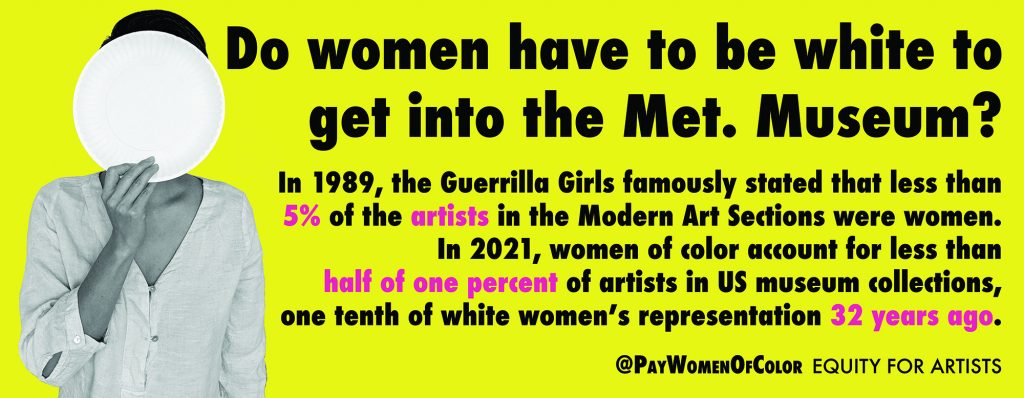

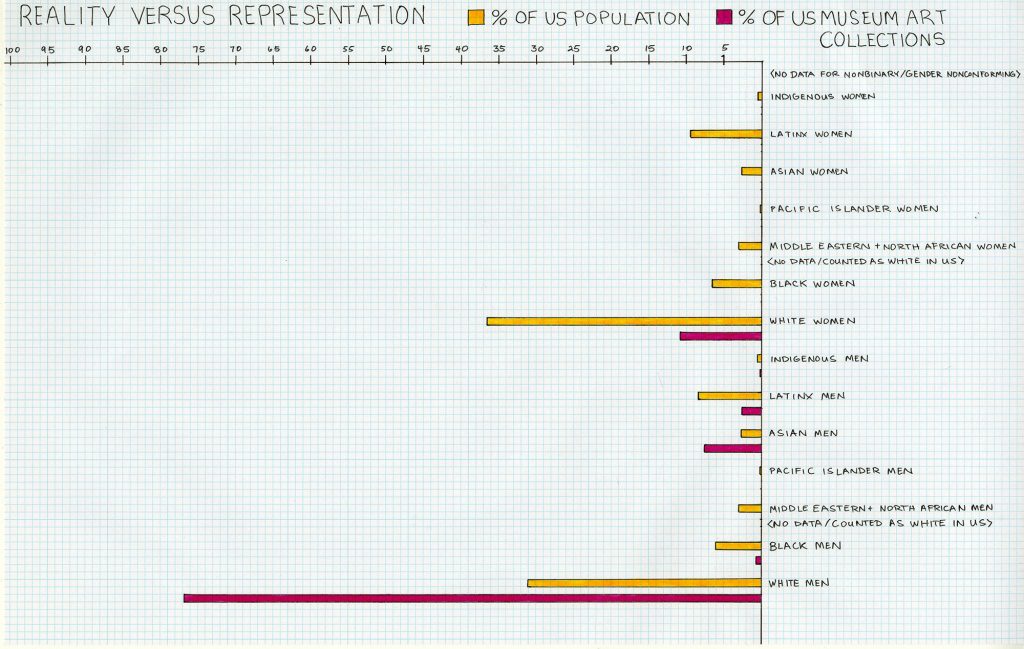
I am working with drawings, prints, and data presentation. My material interests include:
- Reproducible, distributable items like postcards, prints, and maps / tools for guidance.
- Large-scale works like projections, installation, and billboards to take over public space.
I come from a strong technical background. I enjoy creating beautiful things and images as vehicles for emotion and action. I am pondering, how do I develop an aesthetic language for this work that feels genuine to me? I am referencing examples of how others have presented data, like W.E.B. DuBois’ data portraits of Black America, and Susan Jahoda / BFAMFAPhD’s criticism of the academic-industrial complex, in which nothing can finally be paid off.
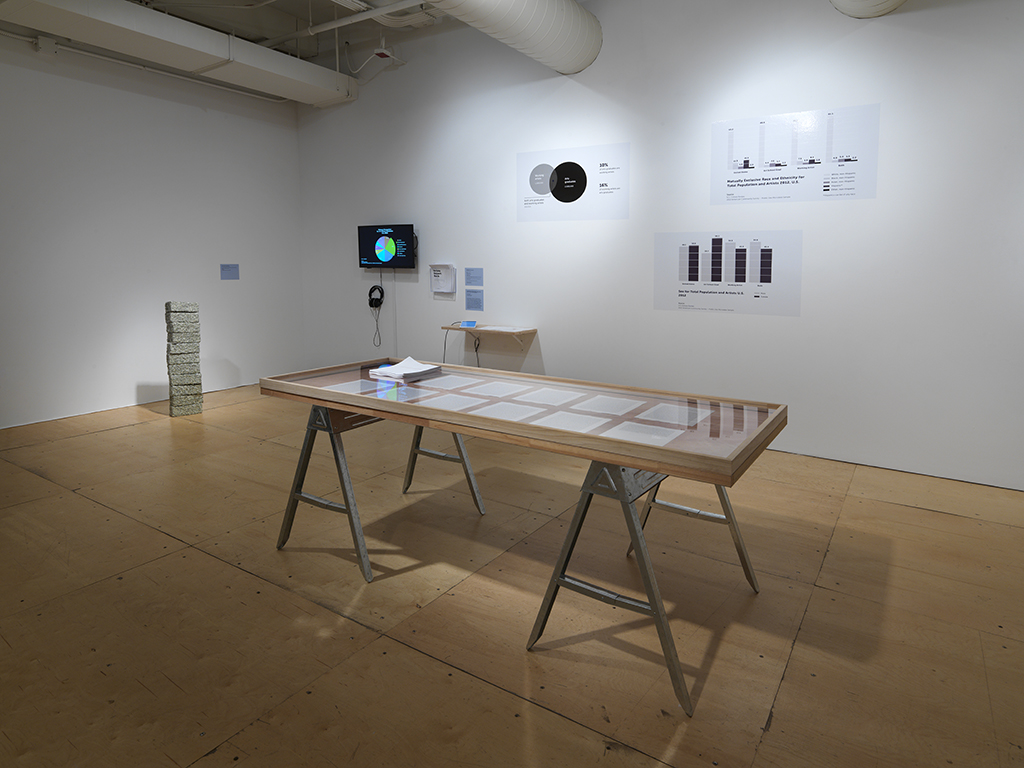

In her Art News article, What Can We Learn from Institutional Critique?, Aruna D’Souza writes, “Is the goal to make institutions ‘better,’ more responsive to social concern…models for a just society? Is the goal dismantling institutions in general? …Does institutional critique even have a politics and theory of change?” This quote articulates my concern—to what end is this for? My work can function across contexts, in the gallery or the community centre or public space, but long-term success relies on becoming a part of mainstream solutions. Ta-Nehisi Coates’ essay, The Case for Reparations, was once criticized and is now discussed in the US Congress. To sustain, what was unrecognized must enter society’s framework of comprehension. So the ideal contexts for my art are those that enable it to connect with public awareness and lay the groundwork to connect with future policymaking.
How do I develop an aesthetic language to carry this information? How do I make room for personal exploration, particularly as an AAPI woman living in a majority Asian [diasporic] city for the first time? Coming from the US, what makes this work and research relevant in Canada? What funding and partnerships do I need to build to scale research efforts and grow this work?
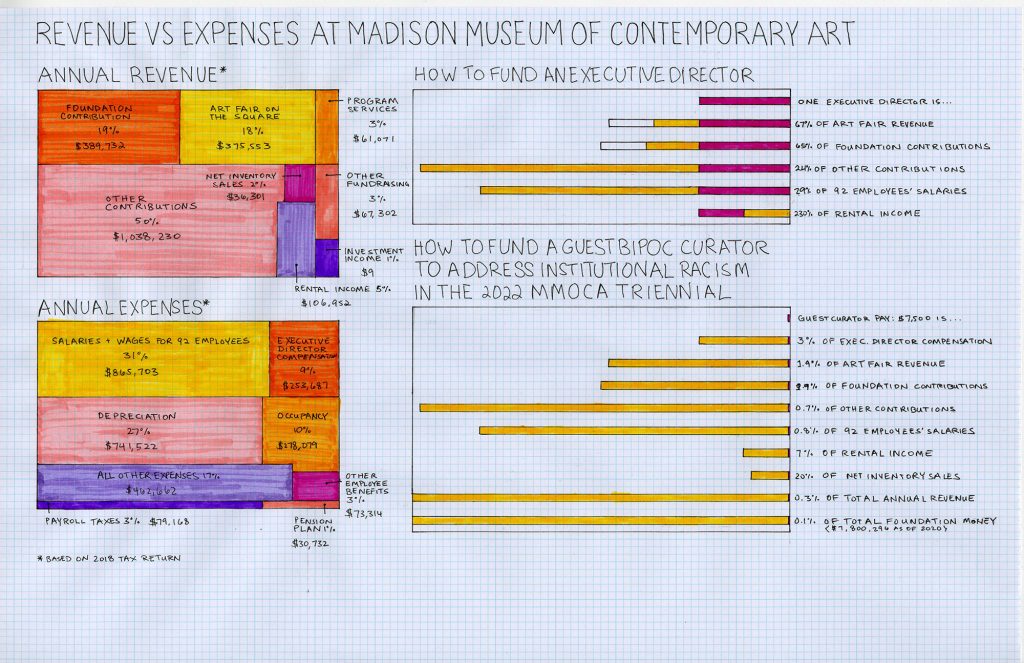
Final Notes
When I created the Instagram handle @paywomenofcolor, Instagram immediately flagged and deactivated the account before it ever went live. I submitted an appeal for Instagram to reactivate the account. Below are screenshots of the email Instagram sent me on how to appeal to have my account returned to me, a process that required me to literally dox myself and submit a mug shot. They never released the Instagram account.
